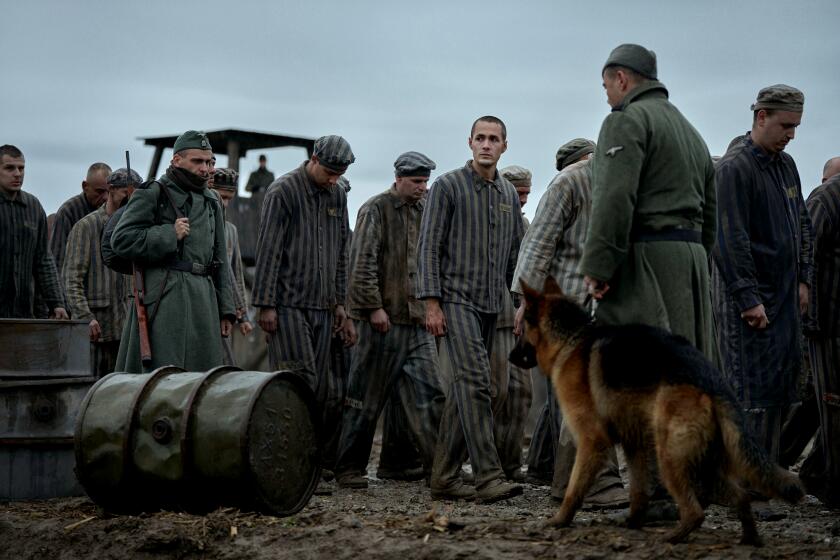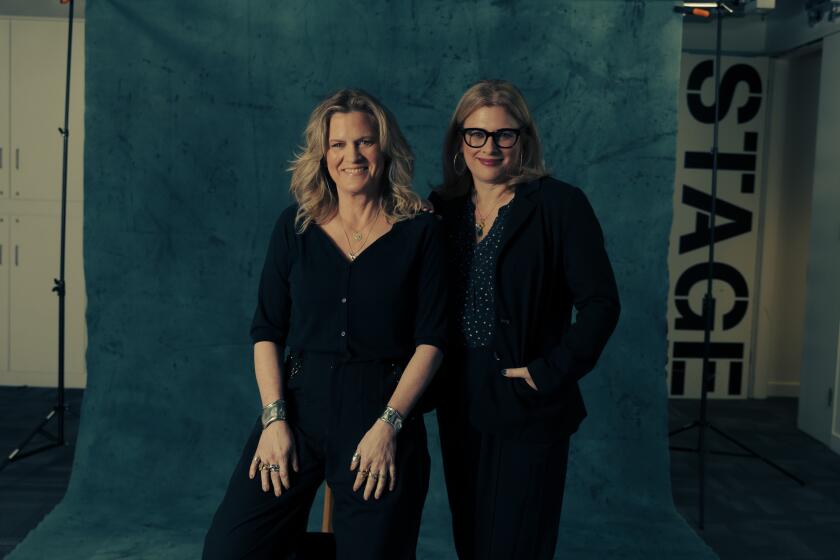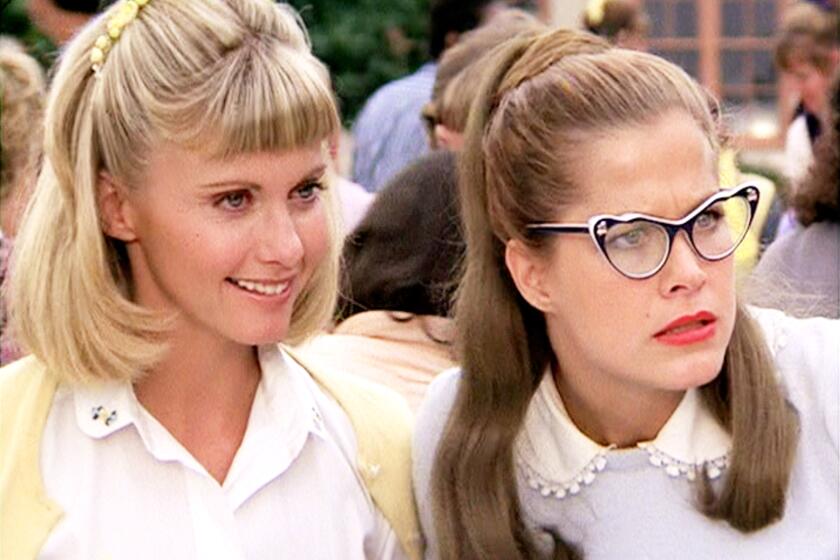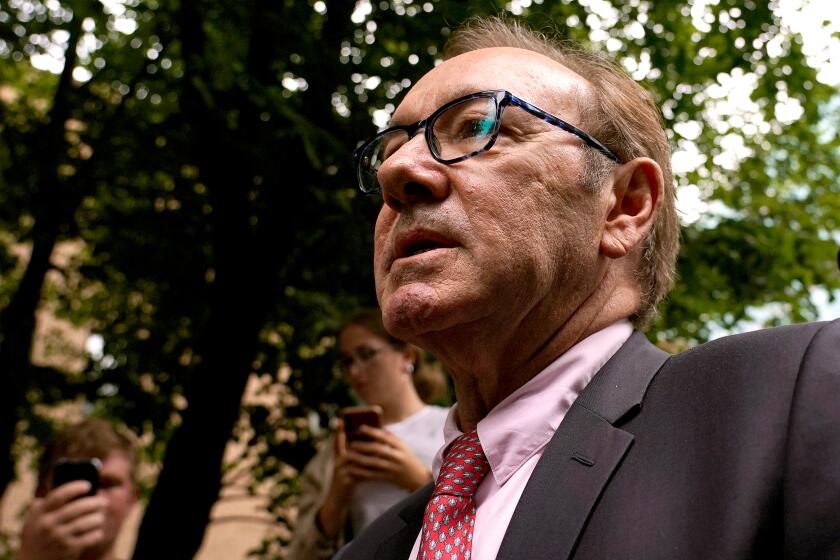Low Visibility
It takes people with vision to see the “invisible people” (“The Invisible Man, Alive and Well,” by Howard Rosenberg, July 25). As a professional Latina writer, I am dumbfounded by the fact that even with the passionate support of such TV giants as Norman Lear and Glen Padnick, a TV show about a modern Latina who is not a maid, a “hot sen~orita” or a gangster cannot get on television.
The networks say they want the next Latino “Cosby.” When you present them with a possibility, they tell you it’s “too ethnic.” The networks say they want Latino writers. When you present them with your extensive writing credentials, they look at their list of approved Latino writers to see if you’re on it, and then maybe “they’ll do lunch” with you. Enough with the free lunches! We’re hungry for our humanity.
If there is not a Latino-themed show in fall 2000, we, the invisible people, must make our presence known in whatever way we can.
JOSEFINA LOPEZ
Los Angeles
*
As an African American, I’d like to thank Rosenberg not only for his perceptive article on the diversity-challenged networks, but for mentioning the wonderful series “Frank’s Place.”
“Frank’s Place” depicted black people as just that: people. They were loving, hard-working, optimistic and proud of their heritage, as opposed to the offensive buffoons from the failed sitcom “Desmond Pfeiffer” or the uninspired stereotypes from the mediocre animated show “The PJs,” whose lame excuse for wit are lines like, “What on Eartha Kitt is going on?”
Recently, my son watched Fox’s cartoon “The Family Guy,” which showed black people walking around dressed as “Jemima’s Witnesses.” He asked me what was so funny about it. Sadly, I couldn’t think of an answer.
ROBERT HORRELL
Los Angeles
*
As past chair of the women’s committee at the Writers Guild west, my response to Rosenberg’s article is bravo for trying once again to prick the conscience of the industry regarding race.
However, it is very important to keep in mind that the film and television industry is an equal opportunity discriminator. If you’re a woman, a person of color or make the mistake of getting older than 30, you will experience discrimination both in front of and behind the camera. Year after year, the Writers Guild, the Directors Guild and the Screen Actors Guild publish data on the shocking racist, sexist and ageist discriminatory practices of the networks, producers, agencies and the studios, and every year it continues.
The guilds have done a terrific job of bringing the shameful facts of discriminatory practices into the spotlight. It’s time for them collectively to raise hell and insist on timetables and goals for correcting the huge employment imbalances that now exist.
If, like the segregated schools in the 1950s, the industry cannot bring itself to integrate people of color, women and people over 30 into the industry, then the guilds and the National Organization for Women, the NAACP and groups that work against ageism need to band together to boycott studios and demand the FCC start revoking broadcasting licenses. Enough is enough.
NANCY WEEMS
Santa Monica
*
Being an African American woman in my mid-30s, I can remember a time in my late teens when there were several criticisms being made from the media, as well as many others, about the necessity of African Americans having their own beauty pageants, magazines and radio stations. The critics felt that despite the need in the past to have these types of cultural mediums, that the media had successfully transitioned into equally representing the African American culture.
Here we are embarking on a new millennium, and despite network television’s lack of cultural acknowledgments, I could count on one hand (and possibly two fingers) the amount of times I’ve seen a woman of color on a popular fashion or beauty magazine. I wonder what those critics would say now?
CONSTANCE PETERS
Lake Elsinore
The complete guide to home viewing
Get Screen Gab for everything about the TV shows and streaming movies everyone’s talking about.
You may occasionally receive promotional content from the Los Angeles Times.



